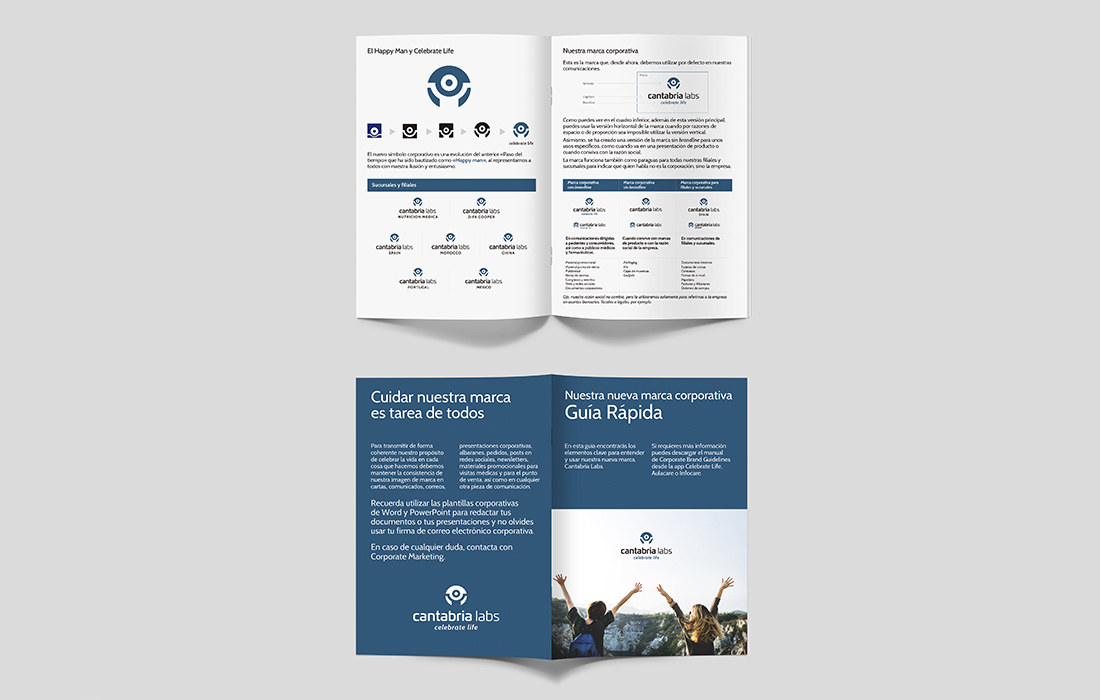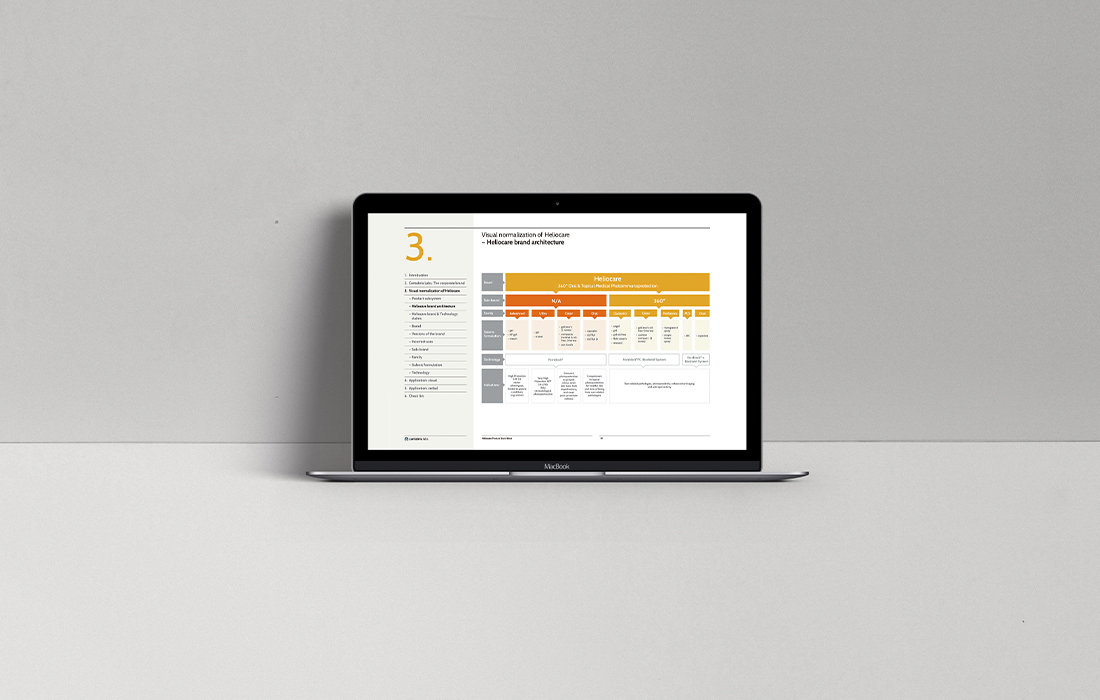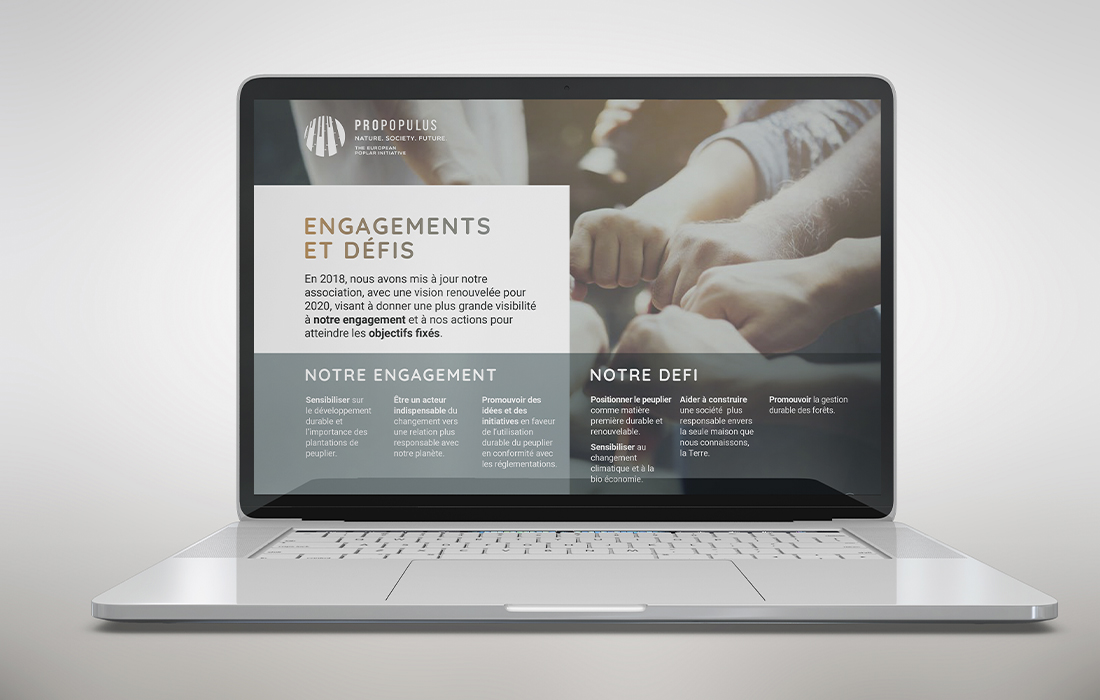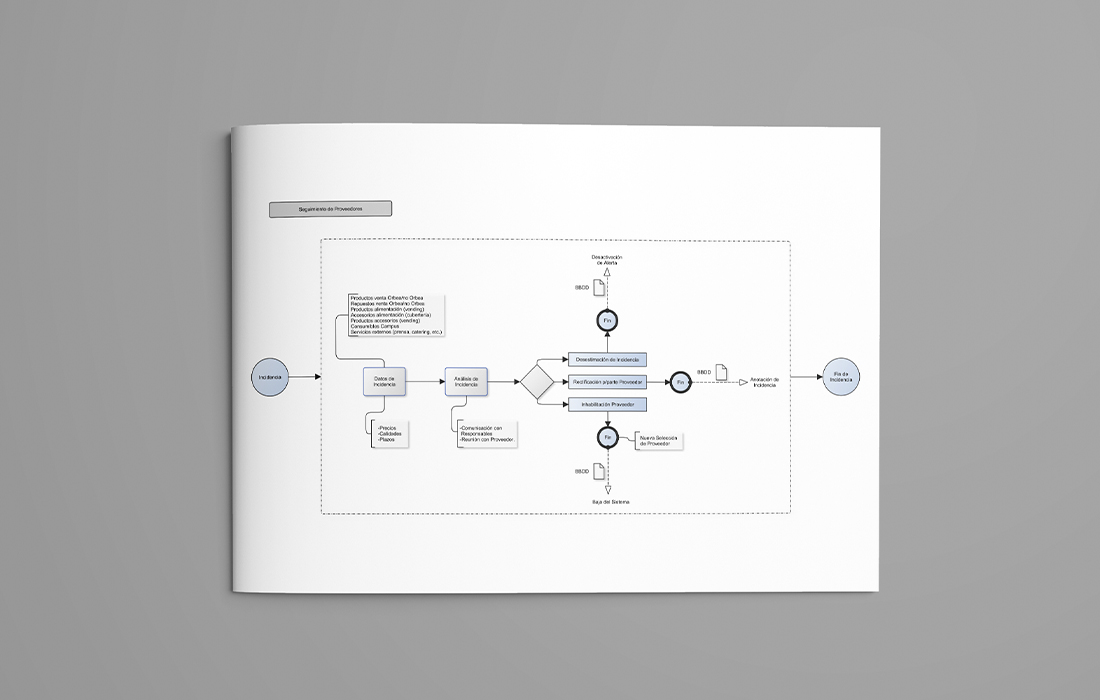
20 Nov The brand, the most valuable intangible asset
Whiplash Team, 20th November 2020
The brand, the most valuable intangible asset
If the global crisis caused by the pandemic has shown us anything, it is that a solid, strong brand is the most valuable intangible asset of a company. Unfortunately, many organizations rely only on the cosmetic side and forget about the strategic importance of their brand.
The data from the latest report from the Brand Finance consultancy firm “Why brands matter 2020” is revealing. The study comprises the evolution of the 55,000 global companies listed on the stock exchange, which between January and April experienced a joint fall of 19 trillion euros, but in September they had not only recovered, but the total value had grown by 3.8% to register 102 trillion euros, 23 trillion more than at the beginning of 2020.
According to those responsible for the study, an important part of the recovery of these companies was due to their intangible assets, which contributed some 4.3 trillion euros to the sum, of these, 3 trillion corresponded to the value of their brands. Thus, brands have been one of the drivers for the good financial performance of companies in times of uncertainty.
It is important to understand that although brand equity and brand value are not the same, they are intricately linked, and that the second depends on the first. If we understand the brand as the symbolic ecosystem that forms in the stakeholders’ minds when they come into contact with the brand, the more positive their perception of the brand, the better the financial results in the long run.
The perception of the brand, that symbolic ecosystem we are talking about, is built on interactions: between the consumer and the product or service; between the suppliers and the procurement team; between employees and the organization. Each of these interactions provide an opportunity to create value.
In the relationship between consumers and the brand, it is quite easy to see that the better their perception of the brand, the greater the chances that they will acquire the product or service and that will be reflected in the income statement. However, when we talk about suppliers, employees, or shareholders, it is more difficult to pin-point the key elements that can contribute to increase the financial value of the company.
For example, a supplier may be inclined to offer a discount to an organization with whom it shares values and is easy to work with. On the other hand, an employee who is happy and proud of being part of an organization in which he/she feels valued will have greater motivation to go the extra mile.
Hence, the brand is much more than a name or a logo and includes all the intangible values that converge in the mind of those who interact with it at each stage.
For Laurence Newell, CEO of Brand Finance Americas, regardless of the brand definition we use –and there are many–, “evidence abounds that brands are, in many cases, the most valuable asset a company owns.” Newell argues that by valuing brands and understanding what drives that value, one can understand how strategic investment in brand building “adds to the bottom line in terms of business performance, maximizing profits and increasing shareholder value.”
However, and despite the evidence, there are many cases in which the brand is omitted as an intangible asset, and organizations forget its strategic value, relegating it to a merely cosmetic concept. This is the reason why, as Marc Cloosterman points out in his series of articles “Brands in the Boardroom”, the value of the brand as intangible does not appear in the income statement of companies.
David Kincaid, author of “The Brand-Driven CEO: Embedding Brand into Business Strategy”, in a recent interview with Forbes magazine he explains that this is because, “given that most companies lack the perspective of brands as assets, organizations do not tend to structure, staff and invest in the right way”.
In any case, the numbers are there and the Brand Finance report highlights both the importance of the brand as an intangible asset and its ability not only to keep afloat but to improve the performance of a company in times of uncertainty. The challenge then is to recognize its strategic importance and focus on building strong and solid brands capable of creating value for all its stakeholders.

























